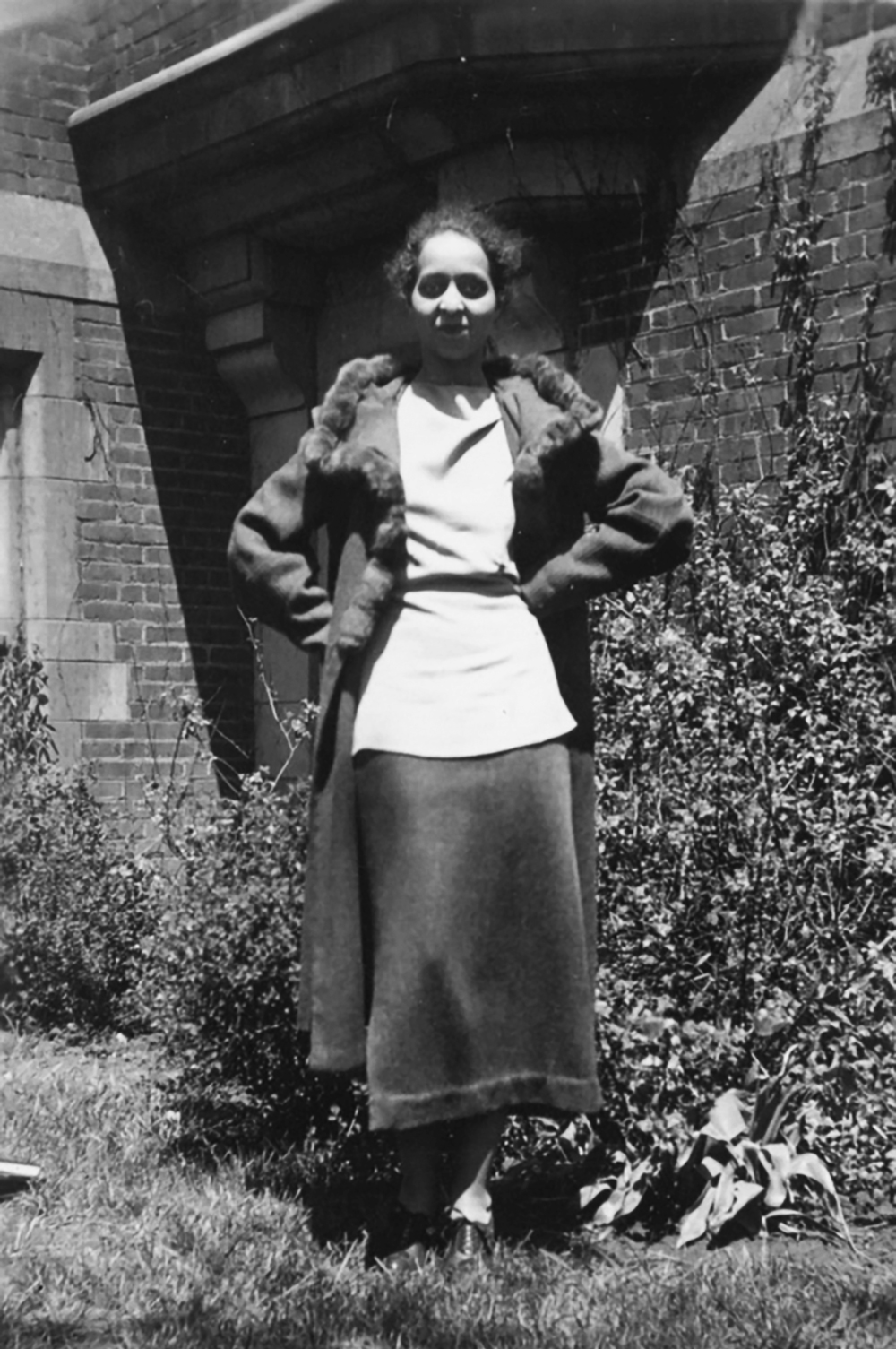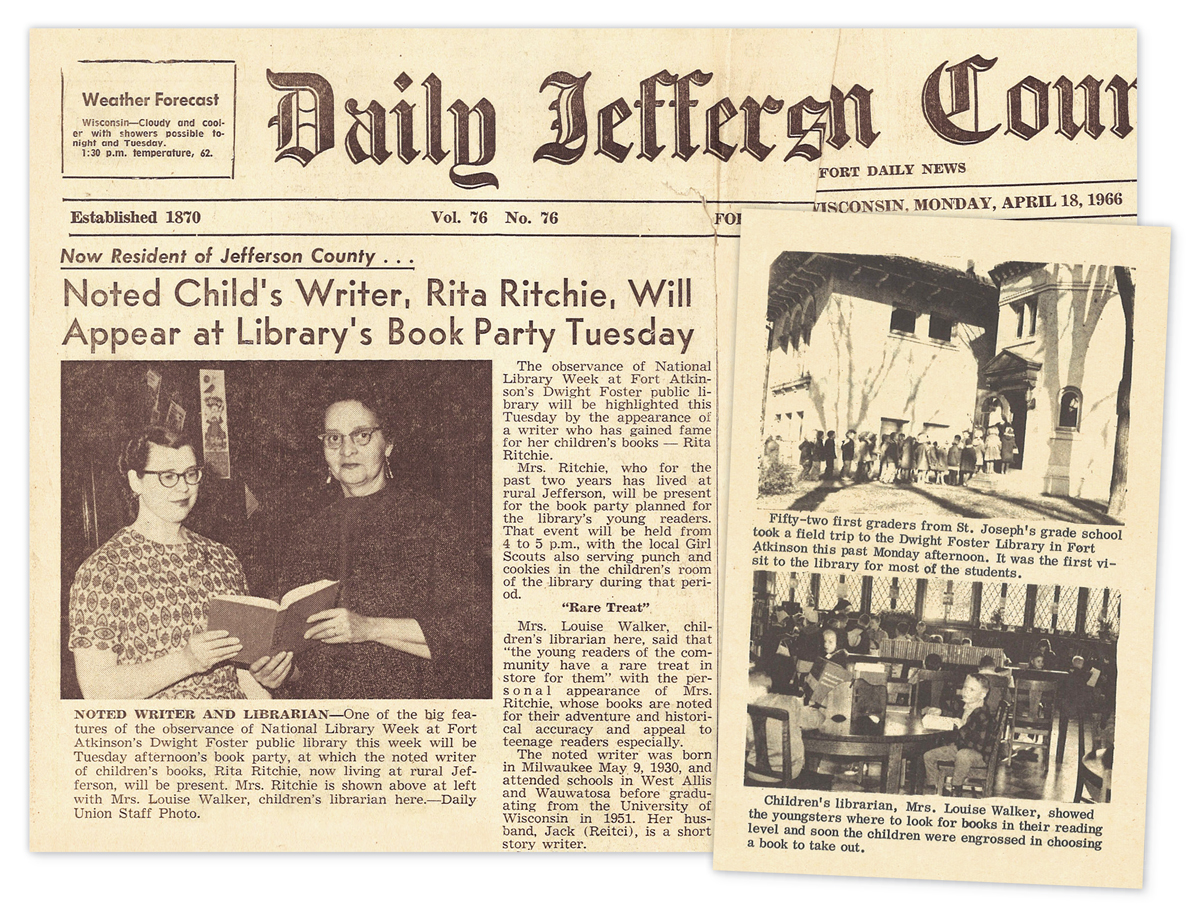Inventing Latinos: A New Story of American Racism
The New Press
August 2020
272 pages
5 1/2 x 8 1/2
Hardcover ISBN: 978-1-59558-917-0
Laura E. Gómez, Professor of Law; Professor of Sociology; Professor of Chicana/o Studies
University of California, Los Angeles

An NPR Best Book of the Year, exploring the impact of Latinos’ new collective racial identity on the way Americans understand race, with a new afterword by the author
Latinos will comprise a third of the American population in just a matter of decades, but many Americans still struggle with two basic questions: Who are Latinos and where do they fit in America’s racial order? In this “timely and important examination of Latinx identity” (Ms.), Laura E. Gómez, a leading critical race scholar, argues that it is only recently that Mexican Americans, Puerto Ricans, Cubans, Dominicans, Central Americans, and others are seeing themselves (and being seen by others) under the banner of a cohesive racial identity. And the catalyst for this emergent identity, she argues, has been the ferocity of anti-Latino racism.
In what Booklist calls “an incisive study of history, complex interrogation of racial construction, and sophisticated legal argument,” Gómez “packs a knockout punch” (Publishers Weekly), illuminating for readers the fascinating race-making, unmaking, and re-making processes that Latinos have undergone over time, indelibly changing the way race functions in this country.
The paperback features a new afterword in which the author analyzes results of the 2020 Census, providing “much-needed insight into the true complexity of Latinx identity” (Kirkus Reviews).




/cloudfront-us-east-1.images.arcpublishing.com/gray/QCANQW5W7VB5HNBQK7YCUXUGQY.bmp)




